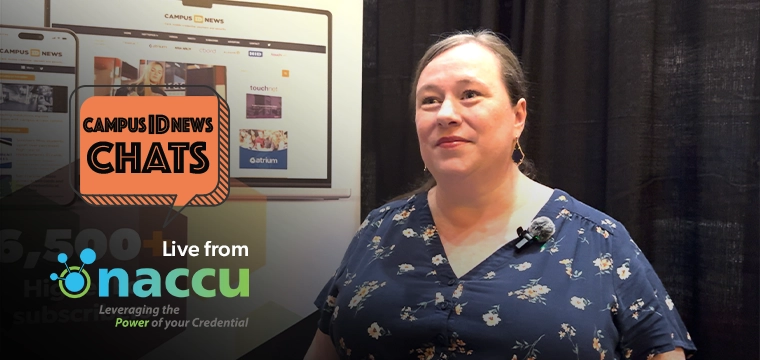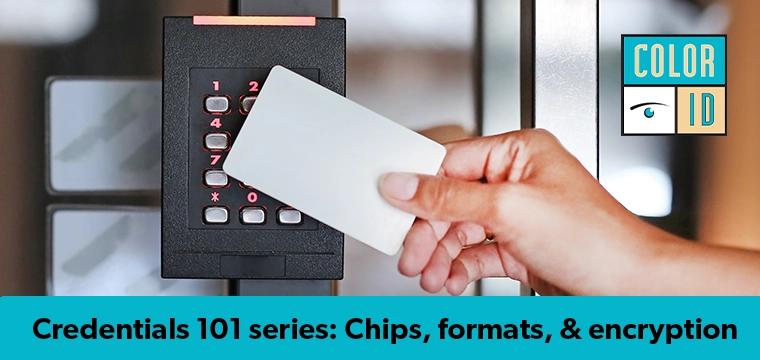 Card system vendors look to extend offerings to include refund and aid disbursement services
Card system vendors look to extend offerings to include refund and aid disbursement services
By Zack Martin, Editor, AVISIAN Publications
Disbursing financial aid is time consuming, labor intensive and costly for colleges and universities. The traditional check cutting process creates significant lag between aid receipt and ultimate delivery, which leads to customer service issues and student frustration.
Tapping into these funds can be huge for schools, banks, financial aid delivery providers and campus card programs. In 2010 the U.S. Department of Education is expected to deliver $116 billion to colleges and universities. Some 27% of student receive some type of financial aid, on average about $6,600 per student per year.
An increasing number of schools are disbursing the funds electronically, using ACH to place the funds into the recipients’ bank accounts. Students are enticed to participate in these electronic disbursement programs because they have access to funds more quickly, typically a day or so versus days or even weeks if they opt for a paper check.
But these solutions can lead to problems as well. Students frequently switch bank accounts without notifying the campus financial aid office, and this wreaks havoc on delivery efforts.
To avoid this issue, some institutions have opted to mandate delivery to a single account provider thus reducing or eliminating the switched account situations. Regardless of the method utilized, disbursement efforts must comply with a federal regulation called Title IV. The U.S. Department of Education’s Title IV financial aid regulation requires that students be given a choice of delivery methods and have low-cost, or no-cost, access to funds.
Higher One, the clear leader in the disbursement space, has been in the financial aid market for almost 10 years and works with many campuses to get funds into the hands of students. But recently some campus card vendors have launched their own products to try and get a piece of the financial aid market.
“Campuses are doing more with financial aid as enrollments increase and more students go back to school,” says Read Winkelman, vice president of sales at The CBORD Group Inc. “Schools that may not have seen a lot of students with financial aid before may be seeing more now and need a system in place.”
While more schools may be looking to automate and simplify financial aid, many are still using paper-based methods, says Casey McGuane, chief services officer at Higher One. “The process remains mainly paper based, costly and inefficient,” he says.
Higher One provides financial aid services for more than 600 colleges and universities serving 4 million students, McGuane says. Once a school hires the company it will handle the financial aid dispersal regardless of how the student wants to receive the funds, be it electronically or via paper check.
When an institution signs up with Higher One the company starts a campaign on campus to let the students know the service is coming and have them update contact information with the school, McGuane says. The student will then receive an email letting them know that a card and refund choice package will be physically mailed to them.
The card is a branded debit card that the student uses to access a Web site where he can make choices regarding his financial aid, McGuane says. The student can choose to have the money deposited into his own account, have a paper check mailed or keep it with Higher One, which offers a free checking account and free access to funds with the debit card at Higher One ATMs on campus.
Higher One entices students to use its account by making the funds available quicker. If a student chooses to use another account it typically takes a day or two for the ACH transfer to process whereas with the Higher One account it’s available immediately, McGuane says.
Higher One can also integrate the debit card with the student ID if the school wants that functionality, McGuane says. On some campuses Higher One provides campus card services and on others it integrates with another provider, such as Blackboard or CBORD.
CBORD and Higher One have worked together on several projects, says Winkleman, who added that CBORD doesn’t offer a standalone financial aid dispersal system.
The company does, however, offer a means to help students gain access to their pending aid dollars more quickly.
Winkleman says that it can be weeks after the school gets the financial aid before the funds are made available to the student. If the student is counting on that money to pay for books and supplies that would be too long.
Since the school knows how much money it is receiving and how much the student should have left over, CBORD has a system that enables the student to make purchases on campus before the funds are available, Winkleman says. The school can put restrictions on where this money is spent, for example, just in the bookstore and not for meals.
At one school CBORD’s early availability solution works hand-in-hand with Higher One’s disbursement offering. The pending aid dollars are made available by CBORD prior to the actual disbursement. Then purchases made by the student recipients are deducted and the remaining funds are deposited into a Higher One account.




